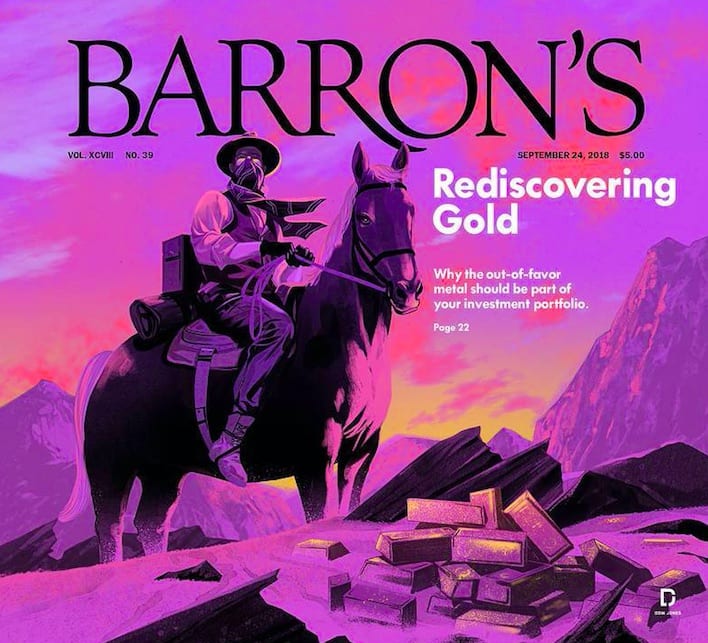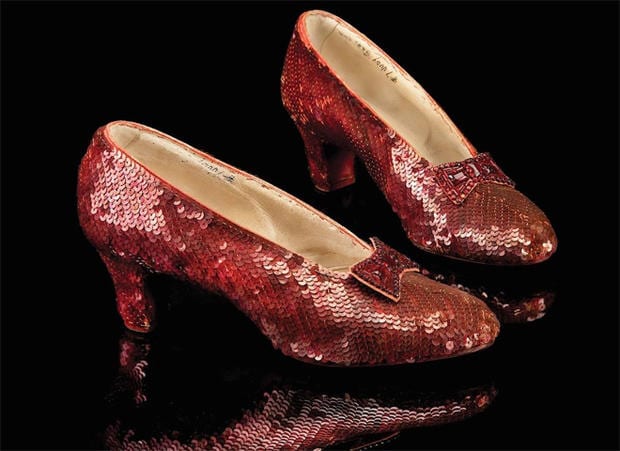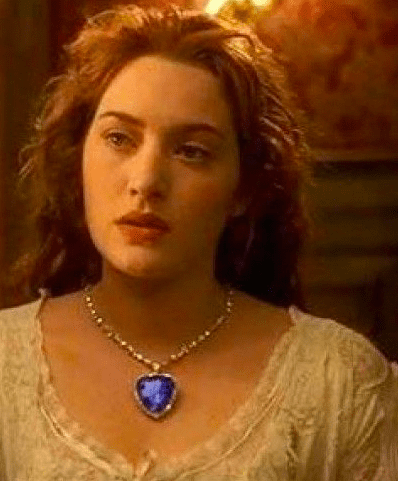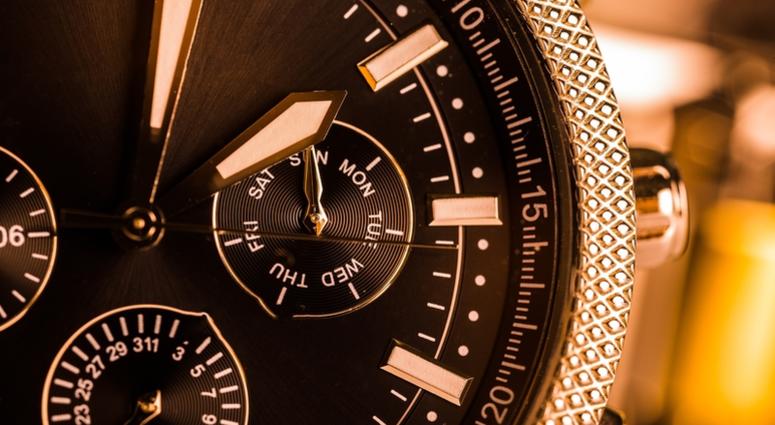There are plenty of opinions about whether this is the right time to buy gold, which is down about 35 percent from its 2011 peak and has resisted predictions of a comeback. Barron’s, the business magazine, checks in this week in with a long, balanced examination of pros and cons, and comes down on the plus side. “U.S. stocks are at record levels exactly at a time when global stress—trade tensions, populist nationalism, and the like—appears to be growing,” writes Andrew Bary. “This may be an opportune moment for investors to shift at least a portion of their portfolios to gold: both the metal and depressed mining shares.” Read the cover story – headlined “Gold Is Cheap. Inflation Is Coming. You Do the Math” – here, and decide for yourself.
Monthly Archives: September 2018
Need another reason to love gold? Everybody’s favorite precious metal might revolutionize the solar energy industry. Scientists at Hokkaido University in Japan have developed a photoelectrode that uses gold to convert far more sunlight to energy than is currently possible. The scientific reports are full of terms like “localized plasmon resonance” and “inlaid depth traps,” but here are the basics: Most solar panels can only convert 15-20 percent of sunlight into electricity. That’s enough to power a boom in solar energy, but scientists are working to make panels more efficient. The team at Hokkaido took the semiconductor, which turns sunlight into electricity by agitating electrons, and sandwiched it between a layer of gold nanoparticles (that’s a fancy word for incredibly tiny) and a 100-nanometer thick layer of gold (that’s one-thousandth the width of a strand of hair). That’s not much gold, but it’s enough to create a mirror effect, trapping the rays and allowing the semiconductor to absorb much more light and convert it to energy. The researchers were amazed that the 15-20 percent efficiency soared to more than 85 percent. The discovery, published in the journal Nature Nanotechnology, is still in the experimental stage, but appears to have great potential. “Using very small amounts of material, this photoelectrode enables an efficient conversion of sunlight into renewable energy, further contributing to the realization of a sustainable society,” the authors wrote. That’s good news on two fronts: thanks to gold, the more can save on energy bills, the more we can save at Dallas Gold & Silver Exchange.
We don’t think this is a very good idea, but it’s our duty to report what’s new out there in the world of jewelry. Meet the Smog Free Ring, an unusual choice for at least a few people to seal their love with a blob of filth. The ring was created by a Dutch designer, Daan Roosegaarde, who went to Beijing a few years ago, was horrified by the pollution and created a Smog Free Tower to filter the air. They’re now sprouting in parks from Poland to Mexico. Then he had to decide what to do with the black crud that the towers collect. So he compressed the particles, encased them in a transparent cube and invented the Smog Free Ring. “In the beginning we were joking, who is going to wear pollution?” Mr. Roosegaarde told The New York Times. “It’s a new meaning of beauty. It’s not beauty like Louis Vuitton or Ferrari or Rolex, but it’s clean air. That’s beautiful.” Well, it’s not that beautiful, but it does make statements. One of them is: Be careful with the ring. Mr. Roosegaarde said that if someone somehow breathed in the ring’s contents, it could take six to eight years off his or her life. Nonetheless, he confidently carries one around all the time. “I’m single, but I always carry a smog free ring with me,” he said. “Right now it’s a proposal for a new world, not a person, but you never know when I will meet someone.” At Dallas Gold & Silver Exchange, we have a better idea. To help clean the air, take the money you save by buying a ring from us and get a bicycle or an electric car or really good walking shoes for everyone you know. You’ll help the planet and have a beautiful diamond on your finger forever.
Great news from the world of rubies: Dorothy’s legendary Ruby Slippers from The Wizard of Oz have been found, 13 years after they were stolen from the Judy Garland Museum in her hometown of Grand Rapids, Minn. The FBI announced the recovery this week after having the slippers authenticated at the Smithsonian Institution, which has an identical pair from the classic movie. The feds didn’t detail how they found them after a long search, or who broke in, smashed a display case and grabbed them in 2005. “We reached the first goal, the recovery, and it’s a great day,” U.S. Attorney Christopher Myers said. “But we’re not done.” Propmasters made a number of Ruby Slippers for Judy Garland to wear in the 1939 film, and at least four pairs are known to exist. Estimates of what each pair is worth start at $2 million. But truth be told, they’re not actually made of rubies. Originally made with beads to look like rubies, the shoes were too heavy, so 2,300 red sequins per shoe did the job instead. That didn’t make them any less iconic. “They’re more than just a pair of shoes,” Grand Rapids Police Chief Scott Johnson said. “They’re an enduring symbol of the power of belief.” Want to celebrate with a real ruby? Click your heels together three times, say “There’s no place like Dallas Gold & Silver Exchange,” and come on in for the best deals anywhere on gemstones of every color.
Blue diamonds are the rarest kind. Roughly one in every 200,000 diamonds has the tint that makes the Hope Diamond so magical and made us swoon over Kate Winslet in Titanic. A new study in the journal Nature gives us the best idea yet how it happens, and how they got here. Researchers analyzed 46 blue diamonds (including one that sold for $25 million a couple of years ago) and concluded that the gemstones originated up to 400 miles below the Earth’s surface, as much as four times the depth of a clear diamond. Diamonds get their blue color from boron, a chemical element mostly found on the Earth’s surface, when it combines with tiny mineral impurities in the diamond. But diamonds are formed deep underground, which has kept scientists wondering just how the boron got there. Research coordinated by the Gemological Institute of America (GIA) led to the conclusion that tectonic plates collided eons ago and one slid below the other, carrying boron far deeper under the surface than normal. “Blue diamonds like the famous Hope Diamond have intrigued scientists for decades,” said Evan Smith, a GIA research scientist and the study’s lead author. “The opportunity to study these rare diamonds at GIA gave us insight into their incredible origin.” Jeffrey Post, curator of the mineral collection at the Smithsonian National Museum of Natural History, called the Nature study a “very compelling argument” that blue diamonds come from so deep in the Earth. You can thank volcanic flows, by the way, for bringing them up to where we can get at them. “We always knew there was something special about these diamonds,” Post said.
After three years of decline, sales of women’s watches – the perfect combination of utility and fashion – are ticking up again. NPD Group, a national marketing research firm, reports that from January through May of this year, sales increased 2 percent over the same period in 2017. The numbers, said Karen Wood, vice president for service at Dallas Gold & Silver Exchange, reflect what she’s been seeing at the company’s four North Texas stores. “A luxury watch is a great way to express your personal style,” she said. “More and more women are coming in to purchase watches for themselves, not just getting gifts from their husbands or boyfriends.” Wood said several factors are driving the trend. Women are wearing bigger watches, she said, “instead of the little petite watches like maybe your grandma wore.” That led some women to buy men’s models, which got the watchmakers’ attention. “So they’re focusing more on women’s style watches,” she said. “They’re not just making small versions of men’s watches. Some brands are designing more watches for women.” That’s smart, Wood said, because for women a watch is also a fashion accessory. “Of course it’s functional,” she said. “but they’re treating it more like jewelry than a watch.” Dallas Gold and Silver has a wide – and ever-changing – selection of pre-owned luxury watches, with famous names including Rolex, Cartier, Breitling and TAG Heuer, guaranteed in like-new condition and perfect working order. That’s not the only reason to come in. “We see a lot of women who want to make their watch more feminine, not just looking like a small men’s watch. So we’ll accessorize it with mother-of-pearl dials, diamond bezels, or other things. “We have beautiful watches right out of the box,” Wood said. “Or if you don’t want the same watch everyone else has, we can customize it.”






